
6 Signs You Have a Dog Tapeworm Infection That You Can Easily Ignore
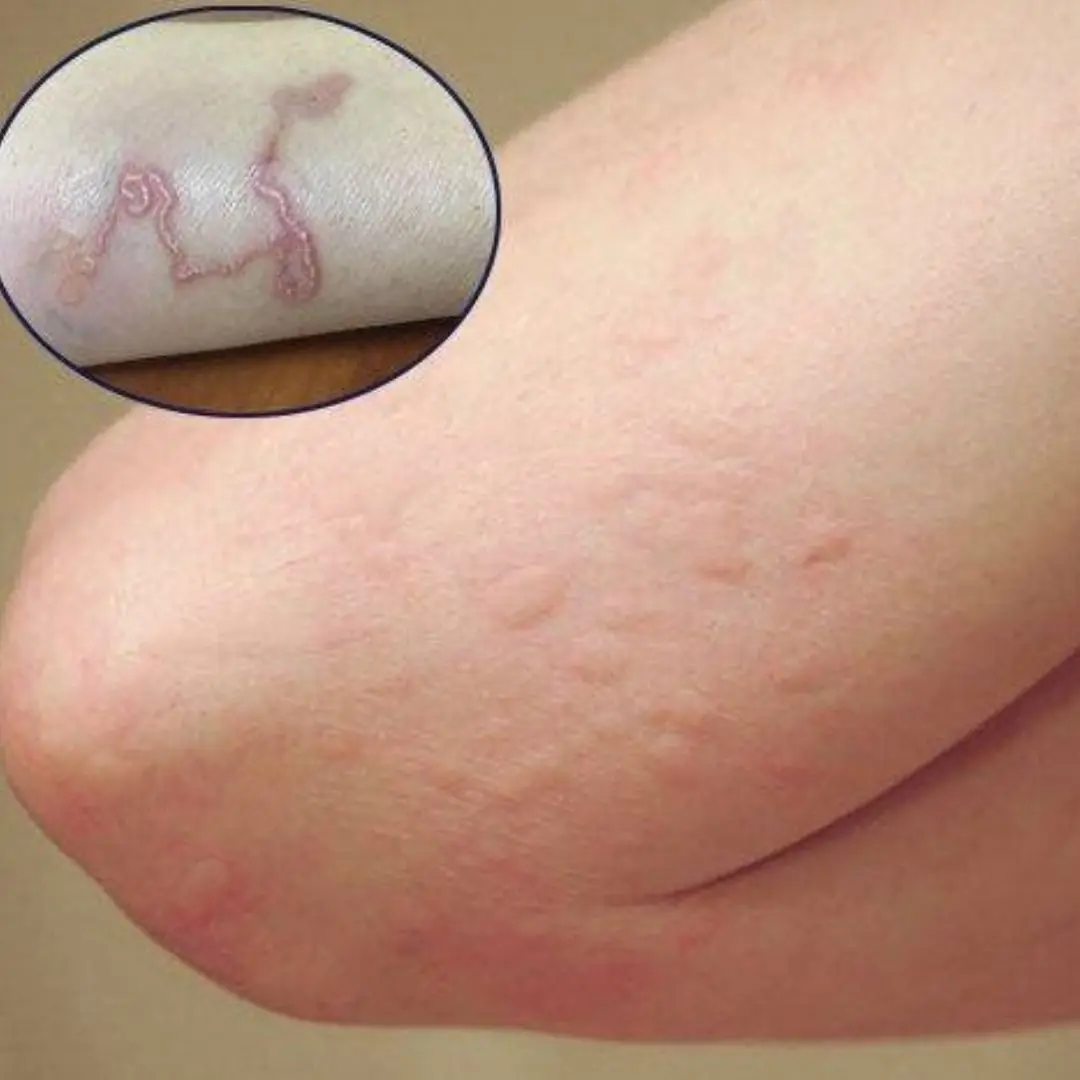
Canine Roundworm Disease (Toxocariasis): Causes, Symptoms, and Treatment
Canine roundworm disease, also known as Toxocariasis, is a parasitic infection in humans caused by dog roundworms (Toxocara canis) and cat roundworms (Toxocara cati). This infection can lead to serious health problems, including organ damage and eye disease. This article will outline the main signs and symptoms of Toxocara infection in humans.
1. What is Canine Roundworm Disease?
Canine roundworm disease (or Toxocariasis) is a parasitic infection in humans caused by infection with the roundworms found in dogs (Toxocara canis) and cats (Toxocara cati). Human infection can result in serious complications such as organ damage and ocular disease.
Toxocara infection can occur in anyone, but certain groups are at higher risk, including:
-
Children, especially those aged 1–5 years, who often play in contaminated soil or sand and frequently put their hands in their mouths.
-
People who accidentally eat unwashed food or vegetables.
-
Pet owners: Dogs and cats infected with Toxocara carry the worms in their intestines and shed eggs through their feces. Pet owners are at greater risk of exposure and infection.
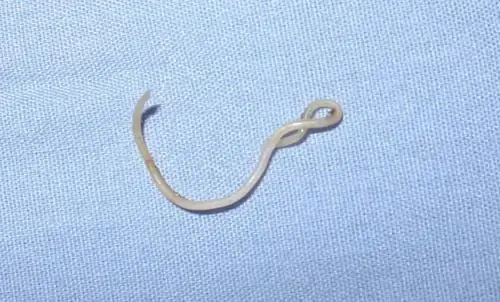
2. Types and Symptoms of Toxocara Infection in Humans
As mentioned, Toxocara roundworms develop inside the intestines of dogs and cats and pass their eggs through feces. Humans are not the natural host but may become infected after accidentally ingesting these eggs. Once inside the body, the larvae hatch, penetrate the intestinal wall, and migrate to organs such as the liver, heart, and brain—causing various symptoms.
2.1. Signs of Toxocara Infection in Children
Symptoms vary depending on where the larvae settle in the body. In children, infection often presents as visceral larva migrans or ocular larva migrans.
Visceral Larva Migrans (VLM):
-
Neurological symptoms: headaches, seizures, abnormal movements, behavioral disorders, or paralysis.
-
Skin: rashes, hives (urticaria), nodules, or localized swelling.
-
Respiratory system: persistent cough unresponsive to usual treatments, often accompanied by elevated eosinophil counts.
-
Digestive system: chronic diarrhea or abdominal pain of unknown cause, possible liver enlargement, and increased eosinophils in blood tests.
-
Unexplained prolonged fever with normal test results but high eosinophil levels.
-
Joint pain, fever, and vomiting, often with high eosinophil counts.
-
General symptoms: fatigue, weight loss, pale skin, poor appetite, and lack of concentration.
-
Kidneys: possible nephrotic syndrome or acute glomerulonephritis.
Ocular Larva Migrans (OLM):
Common symptoms include blurred vision and eye inflammation, often presenting as:
-
Uveitis (inflammation of the uveal tract)
-
Conjunctivitis: mild redness, itching, often mistaken for allergic conjunctivitis.
2.2. Signs of Toxocara Infection in Adults
In adults, infection mainly causes visceral larva migrans; ocular involvement is rare. Clinical manifestations are classified according to the affected organs:
-
Neuromuscular type: headaches, muscle pain or swelling, hemiparesis, paralysis, seizures, dizziness, epilepsy, or encephalitis.
-
Dermatological type: subcutaneous nodules, hives, or localized skin swelling.
-
Gastrointestinal type: abdominal pain, diarrhea, or digestive disturbances that may resemble chronic colitis.
-
Respiratory type: pleural effusion, chronic cough.
-
Pseudo-systemic type: multi-organ involvement resembling systemic illness.
-
Other forms: anemia, fatigue, weight loss, high eosinophil counts, and positive Toxocara spp. serology.
3. Treatment of Toxocara Infection
The standard treatment for canine roundworm infection is Albendazole for 5 days. Corticosteroids may be combined to prevent allergic reactions.
-
Asymptomatic or mild cases: do not require deworming medication; antihistamines can be used to manage allergic symptoms.
-
Moderate to severe cases: Albendazole 400 mg twice daily for 5 days, or Mebendazole 100–200 mg twice daily for 5 days. Add antihistamines or corticosteroids (Prednisone 20–40 mg once daily) if severe allergic or systemic symptoms occur.
-
Ocular larva migrans: corticosteroids (topical or oral) are prescribed to reduce inflammation. The role of antiparasitic therapy remains uncertain. Albendazole with corticosteroids may reduce recurrence, but there is no definitive evidence that it improves vision. Unfortunately, most patients experience permanent visual impairment.
4. How to Prevent Toxocara Infection
-
Do not let children play in soil or sand contaminated by dog or cat feces.
-
Teach children proper hygiene: avoid sucking fingers and wash hands before eating.
-
Avoid direct contact with pets; deworm dogs and cats regularly.
-
Avoid eating raw or undercooked animal organs (pork, chicken, rabbit, lamb, etc.).
-
Thoroughly wash vegetables and fruits before consumption.
Canine roundworm disease (Toxocariasis) is a parasitic infection caused by Toxocara canis and Toxocara cati. It can lead to serious conditions such as organ damage and eye disease. Therefore, if you experience any symptoms suggestive of Toxocara infection, seek medical attention promptly for diagnosis and treatment.
News in the same category


5 Nighttime Drinks to Cleanse Your Li.ver and Shed Pounds While You Sleep

Pumpkin Health Benefits: The Forgotten Superfood You Need Daily

Eating steamed sweet potatoes every day
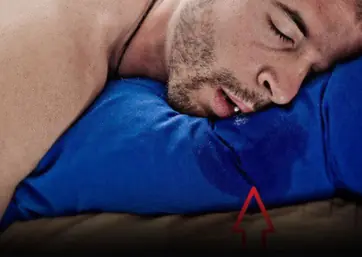
If you drool while sleeping often, check for these 6 diseases
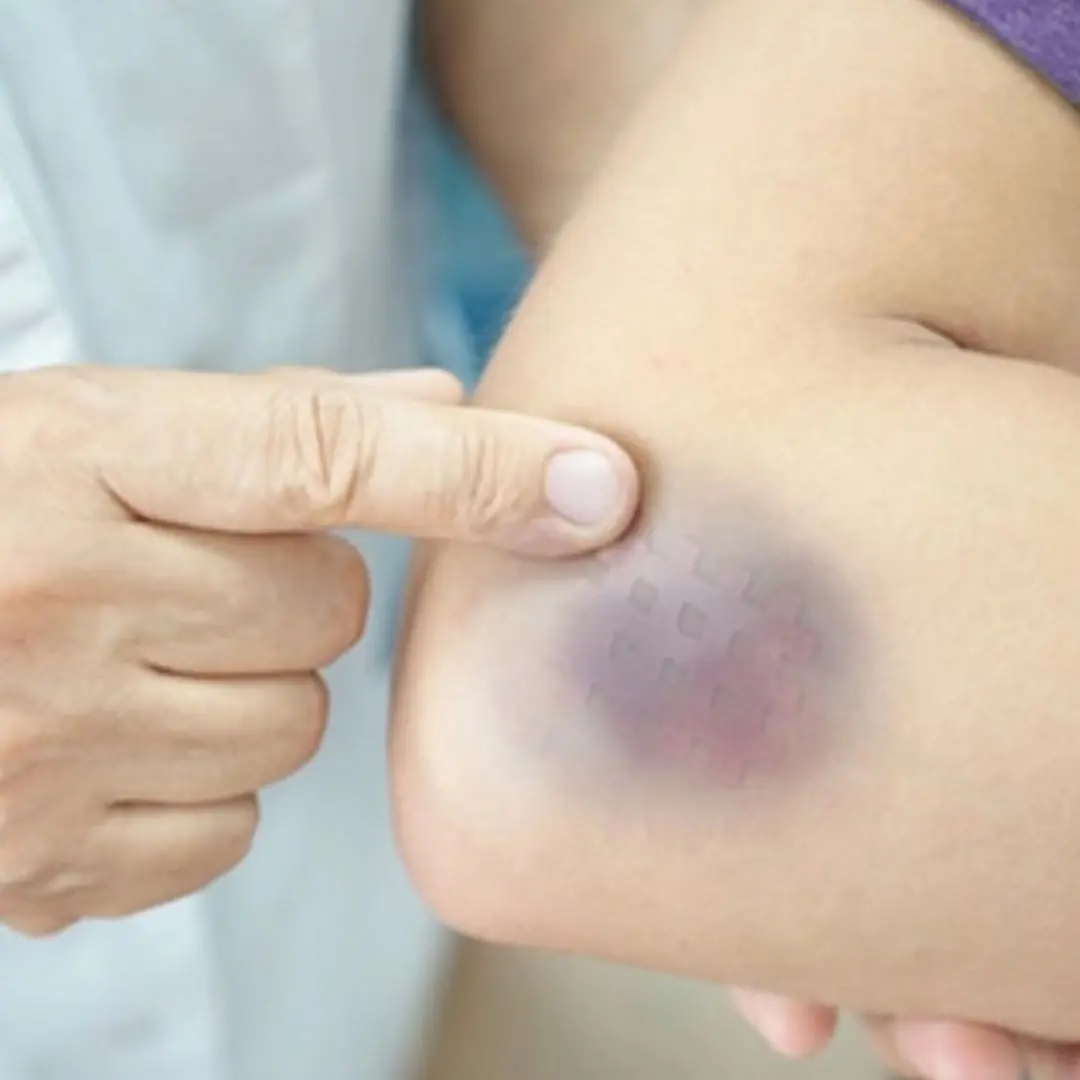
Bruises on the body - a warning that you may have a problem

1 vegetable dish can prevent 6 types of cancer

5 Early Signs of Thyroid Can.cer That Are Easy to Recognize

The Incredible Benefits of Papaya Sap: Nature’s Secret Remedy

What effect does mixing cloves, honey and cinnamon have on the body?

Coconut water is good for health but the following 5 groups of people absolutely should not drink it

6 Alarming Effects of Sleeping Less Than 7 Hours a Night, According to Recent Studies

Beware Of Diabetes If You Frequently Experience These 5 Strange Symptoms

Eggplant is the king of vegetables but not everyone can eat it
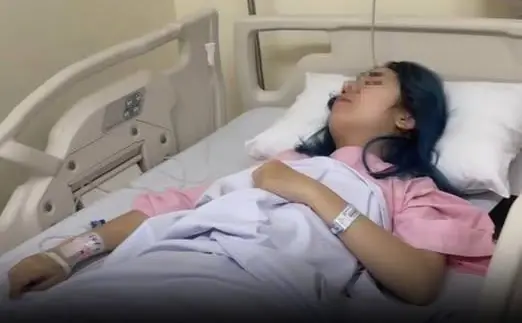
Eat 4 foods on an empty stomach in the morning to help clean the intestines, improve digestion, and prevent canc.er

Goosegrass: Health Benefits and Uses

White Clover (Trifolium repens): 15 Benefits and Homemade Uses

The Hidden Healing Power of Papaya Leaves

Ripe Bananas Soaked in This Ingredient Are Extremely Good
News Post

Sweet Potatoes Could Damage Your Health — Especially If You’re in These 5 Categories!

5 Nighttime Drinks to Cleanse Your Li.ver and Shed Pounds While You Sleep
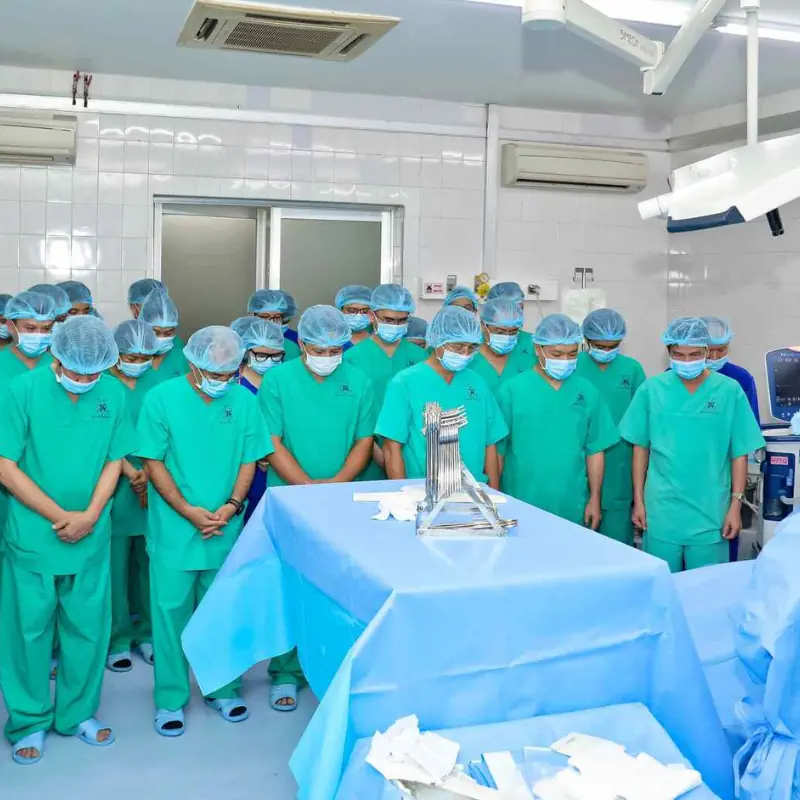
Doctors Reveal 5 Types of Foods Parents Should Never Give Their Children

My Stepmom Stole My Late Mom’s $25K Inheritance to Buy Her Son a Jeep – Karma Made Her Pay Three Times Over

I Adopted a Baby Left at the Fire Station – 5 Years Later, a Woman Knocked on My Door & Said, ‘You Have to Give My Child Back’

A Hotel Bed for Two but Four Pillows? The Unexpected Reason Few People Know — Try It Yourself!

Woman’s heartache after tragic car crash kills husband and children

Pay attention when renting a motel or hotel room

Pumpkin Health Benefits: The Forgotten Superfood You Need Daily

Eating steamed sweet potatoes every day

If you drool while sleeping often, check for these 6 diseases

Bruises on the body - a warning that you may have a problem

1 vegetable dish can prevent 6 types of cancer

5 Early Signs of Thyroid Can.cer That Are Easy to Recognize
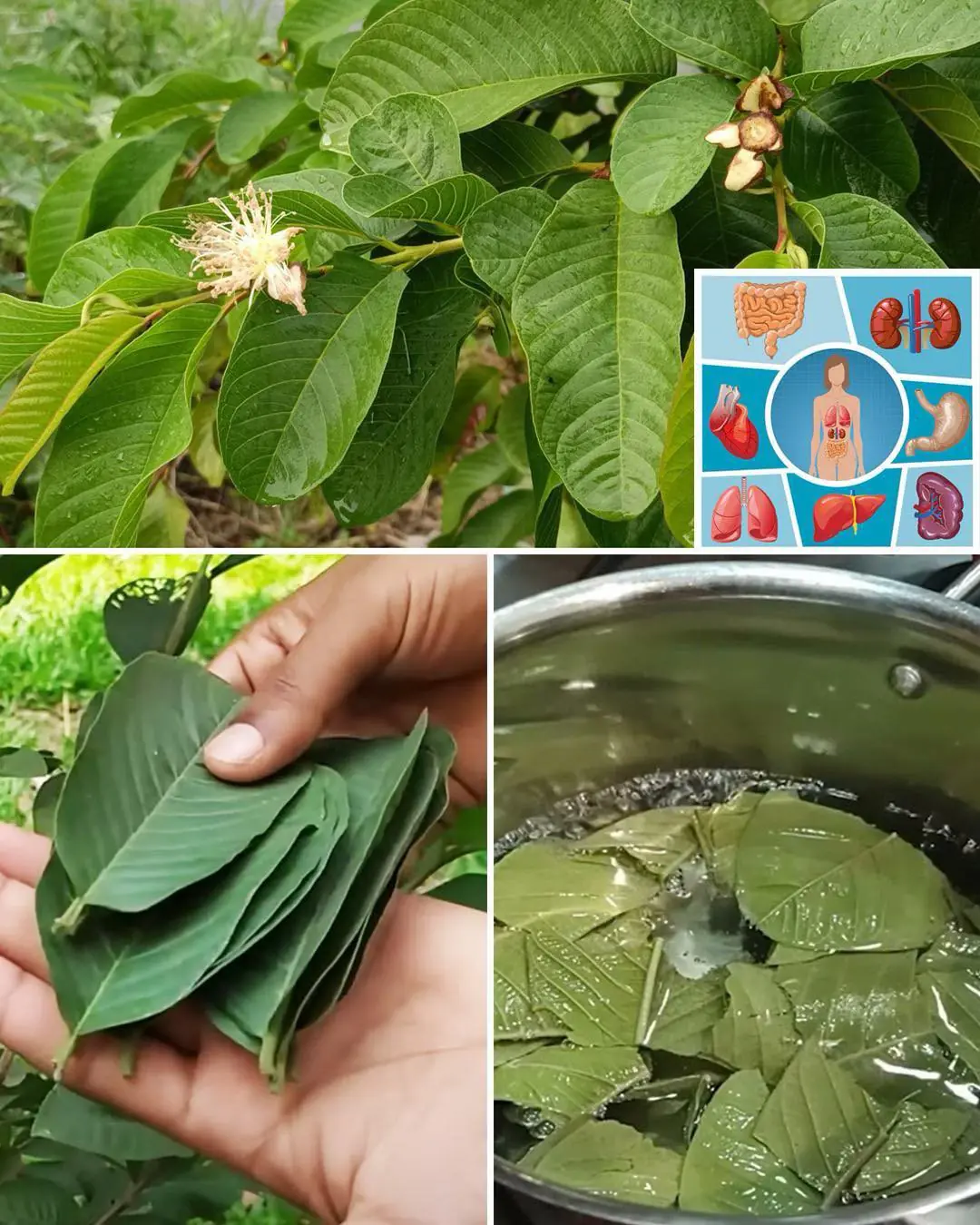
25 Incredible Benefits of Guava Leaves

Banana Blossom: Health Benefits, Recipes, and Traditional Uses

This plant grows everywhere. We see it, but miss its secrets

The Incredible Benefits of Papaya Sap: Nature’s Secret Remedy
